Can anybody tell me why there is a resistor and capacitor in series at
the output?
It's called a Zobel network.
The LM386 (just like its predecessor the LM380) doesn't like to run into anything like a high impedance load on the output. If it does it will become pretty much unusable. So, if you look at the impedance that a normal speaker has, you'll see that at higher frequencies, the impedance rises.
This is due to the inductance of the speaker coil. Here's a nice picture that shows speaker impedance in blue and, the combined impedance of speaker and parallel Zobel network: -

Image taken from this site (theradioboard.com). But, it's only the higher frequencies where the LM386 becomes unstable so, at the naturally low mechanical resonance point of most speakers (shown with the peak in the blue line at the left), the LM386 is fine.
As the value of this resistor is 10 ohms, will it draw some power from
the speaker and decrease its loudness or I am pointing in wrong
direction?
Yes, it will consume power but, at low frequencies (say 500 Hz) the 0.05 μF capacitor has an impedance of 6366 Ω and nobody is going to be much worried by any current taken through the Zobel network. At 5 kHz, the capacitive reactance is clearly still a relatively large value (637 Ω) and still an unimportant factor.
Compare this with a relatively lower nominal impedance of a speaker at moderate/mid-range frequencies i.e. 8 Ω and, the small current in the Zobel network is fairly insignificant.
Given also that audio spectrums tend to follow a "pink-noise" profile, the amplitudes at the higher frequencies are significantly less than at lower frequencies. In summary, you'd be hard-pressed to come up with a wasteful power argument against the Zobel network.

